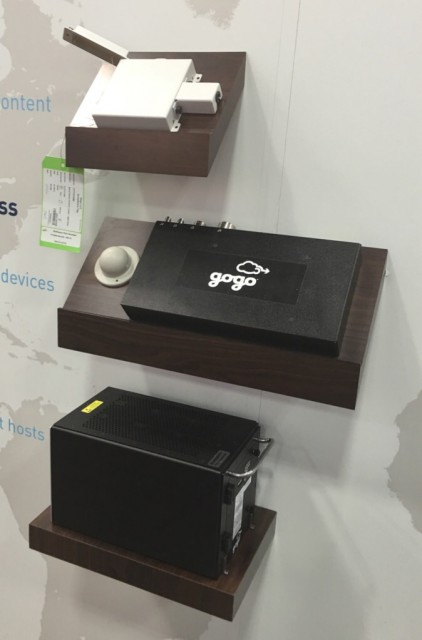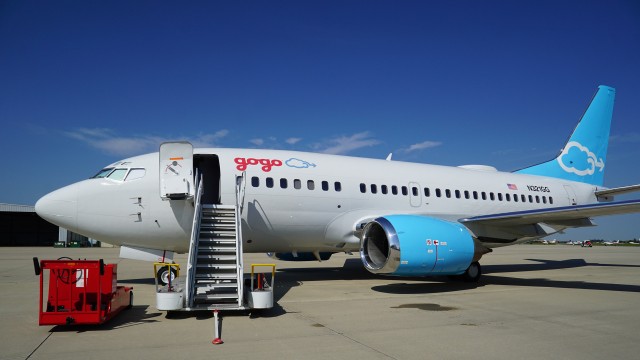Like most business travelers, I have grown accustomed to looking for the familiar WiFi symbol while boarding a plane. Just a few years ago, in-flight connectivity was a luxury and something one could not depend on, whether through spotty deployment across fleets, or because the cutting-edge technology delivering said connectivity wasn’t terribly reliable.
Over the years, however, following increased adoption among carriers, this luxury has morphed into something closer to a necessity. Business travelers like consistency, yet as comedian Louis CK accurately pointed out in one of his more popular skits amongst AvGeeks, we are more entitled than we should be. While I have grown increasingly dependent on connectivity, the underlying technology has always been a bit of a black box to me. You’ll be happy to know the hardware is in-fact encased in black boxes.

Some of the hardware required to power Gogo’s IFC and IFE systems – Photo: JL Johnson | AirlineReporter
I recently had the opportunity to catch up with the Gogo team at the Airline Passenger Experience Association (APEX) Expo in Portland to learn all about in-flight connectivity. For two days I mingled with PR folks, engineers, and even some of Gogo’s competitors in an attempt to get a solid understanding of IFC basics. Now that I have had a few days to digest the the technology and various initialisms, I’m excited to share what I learned.
